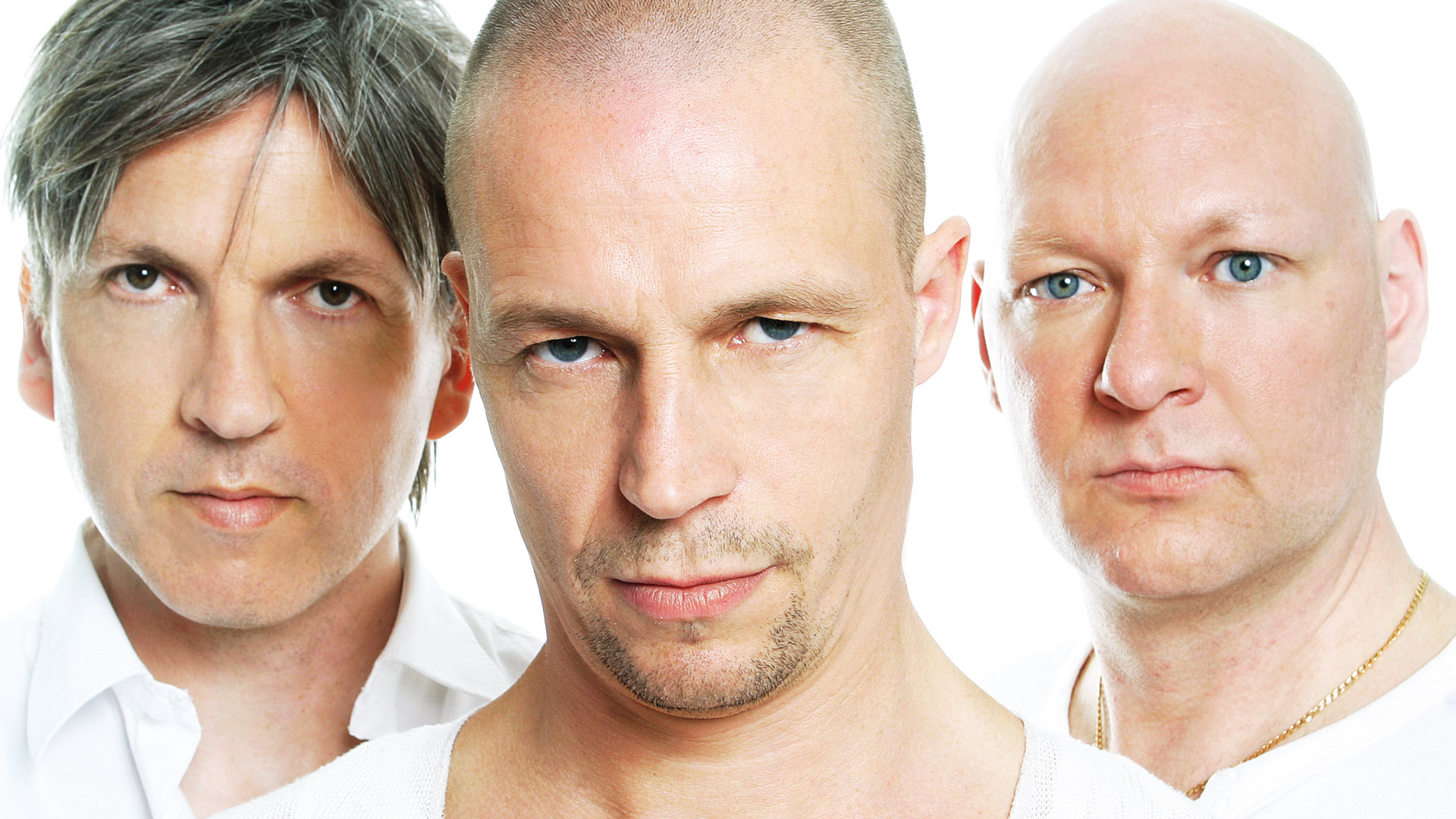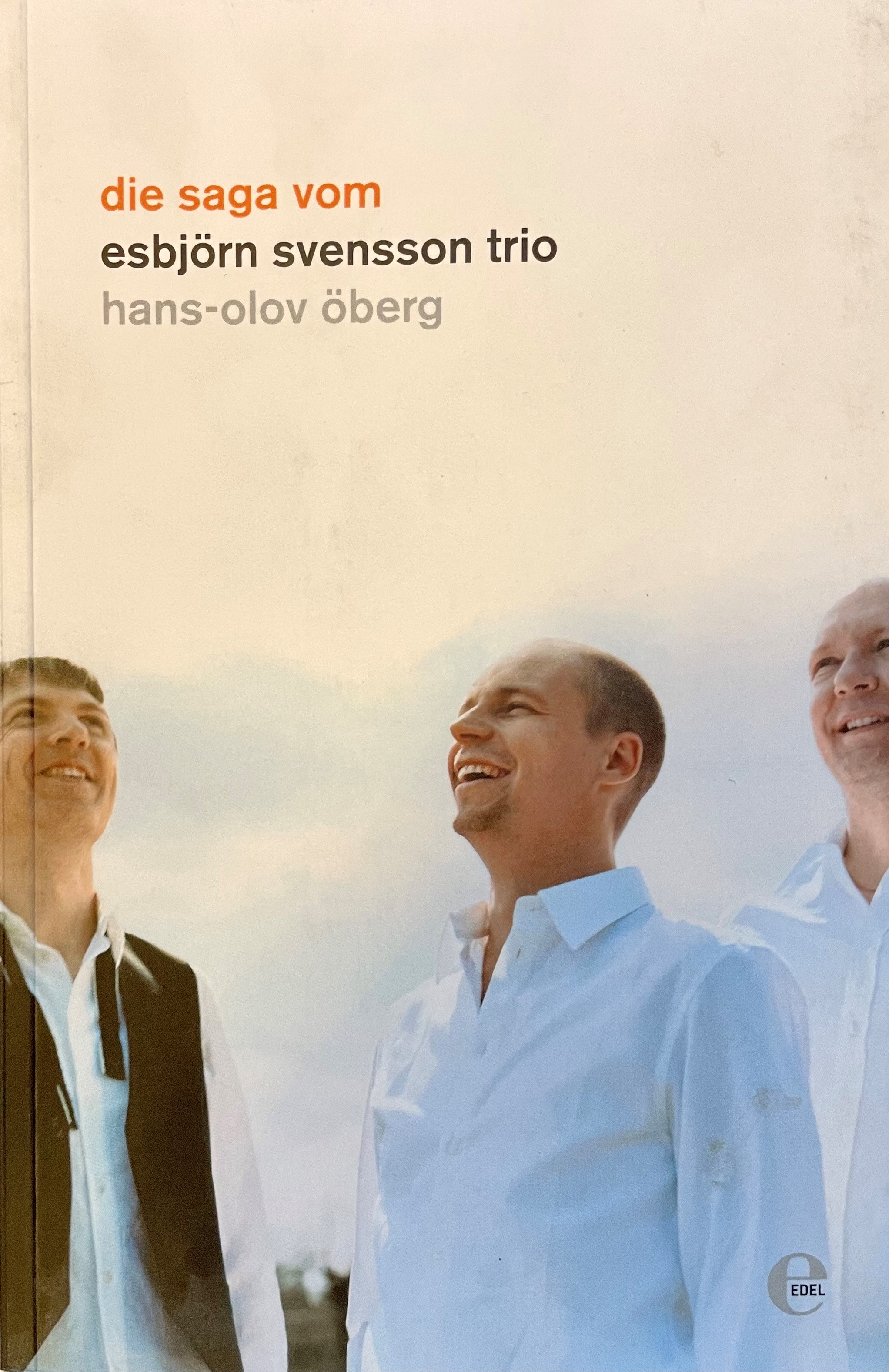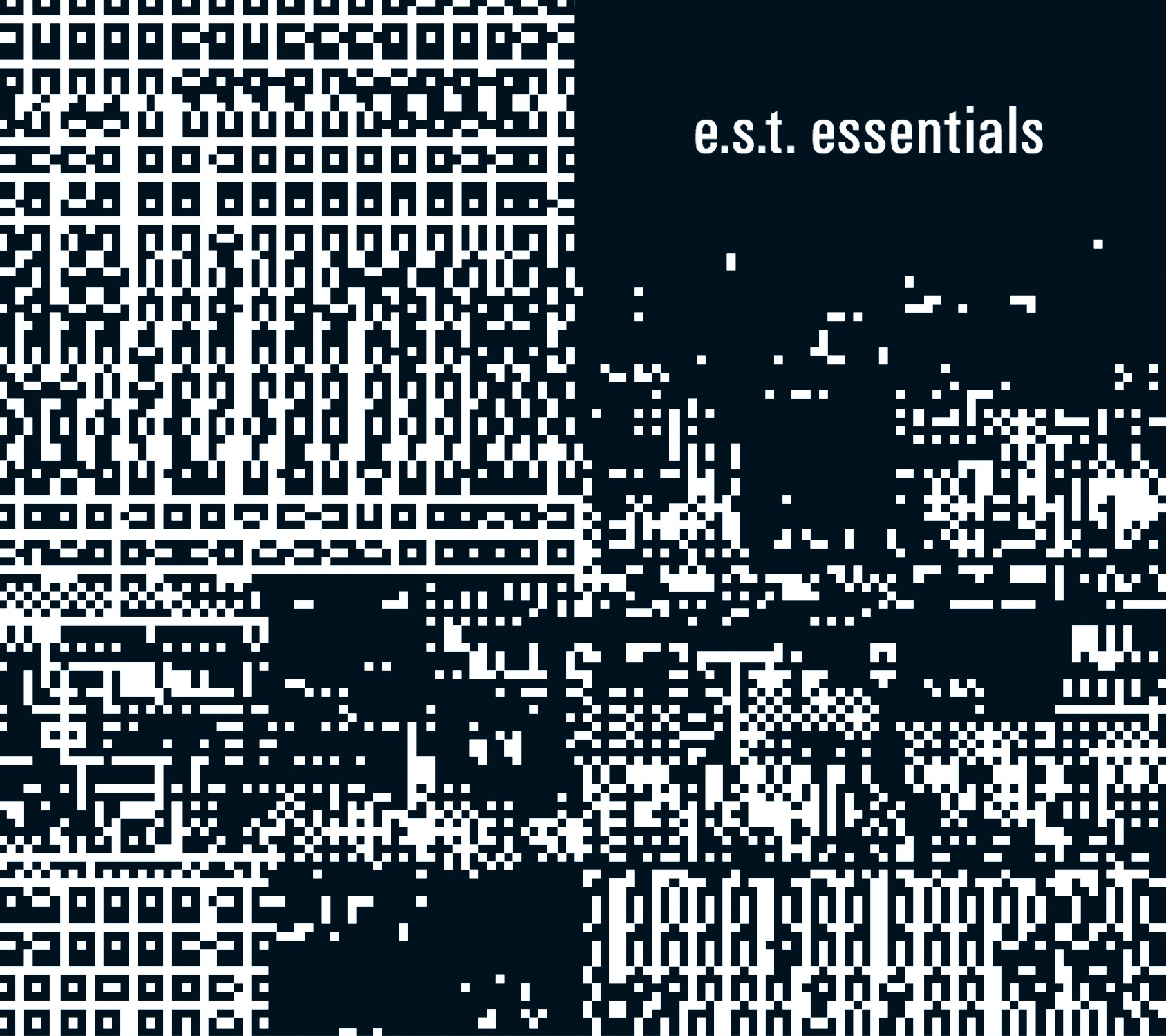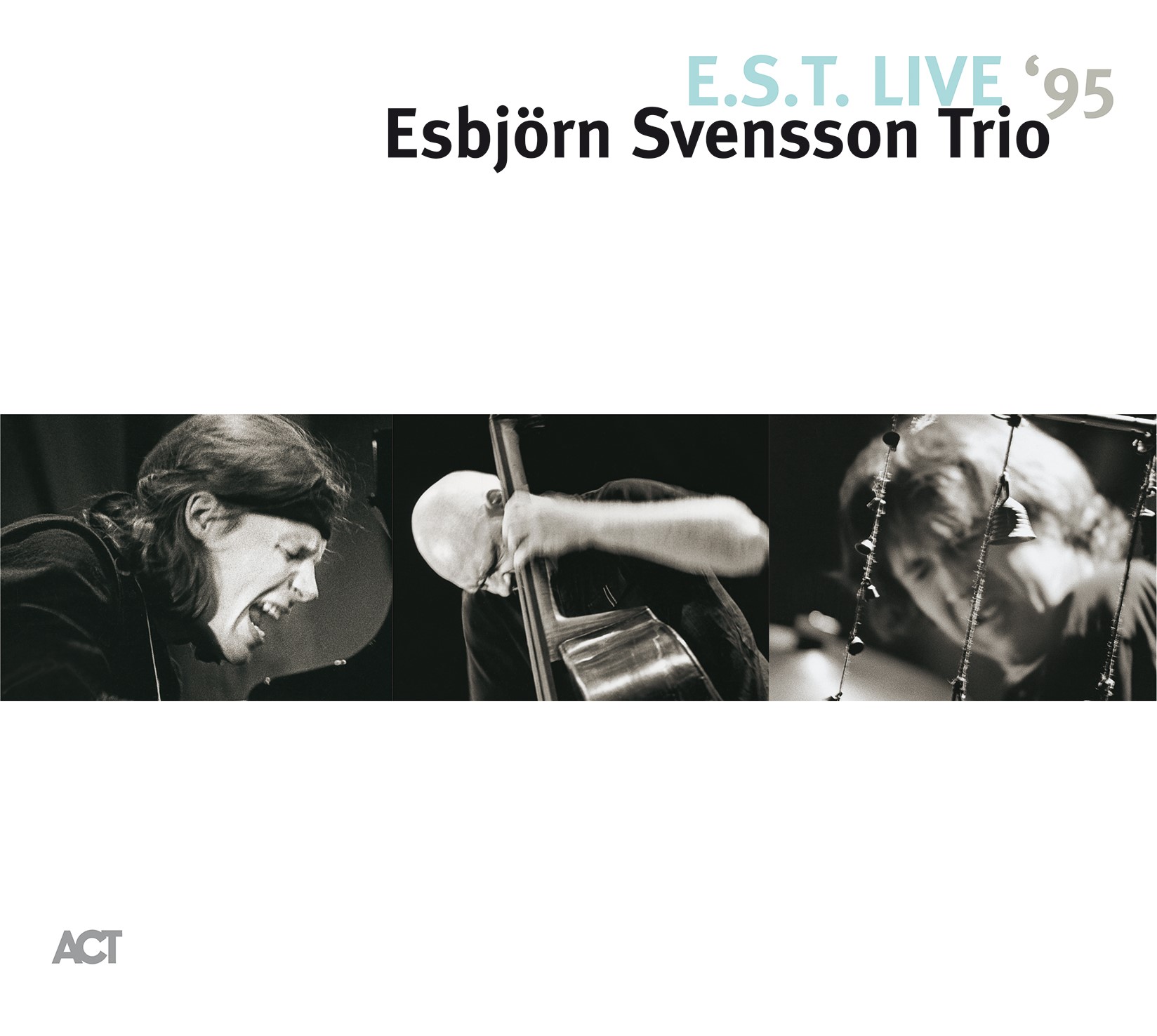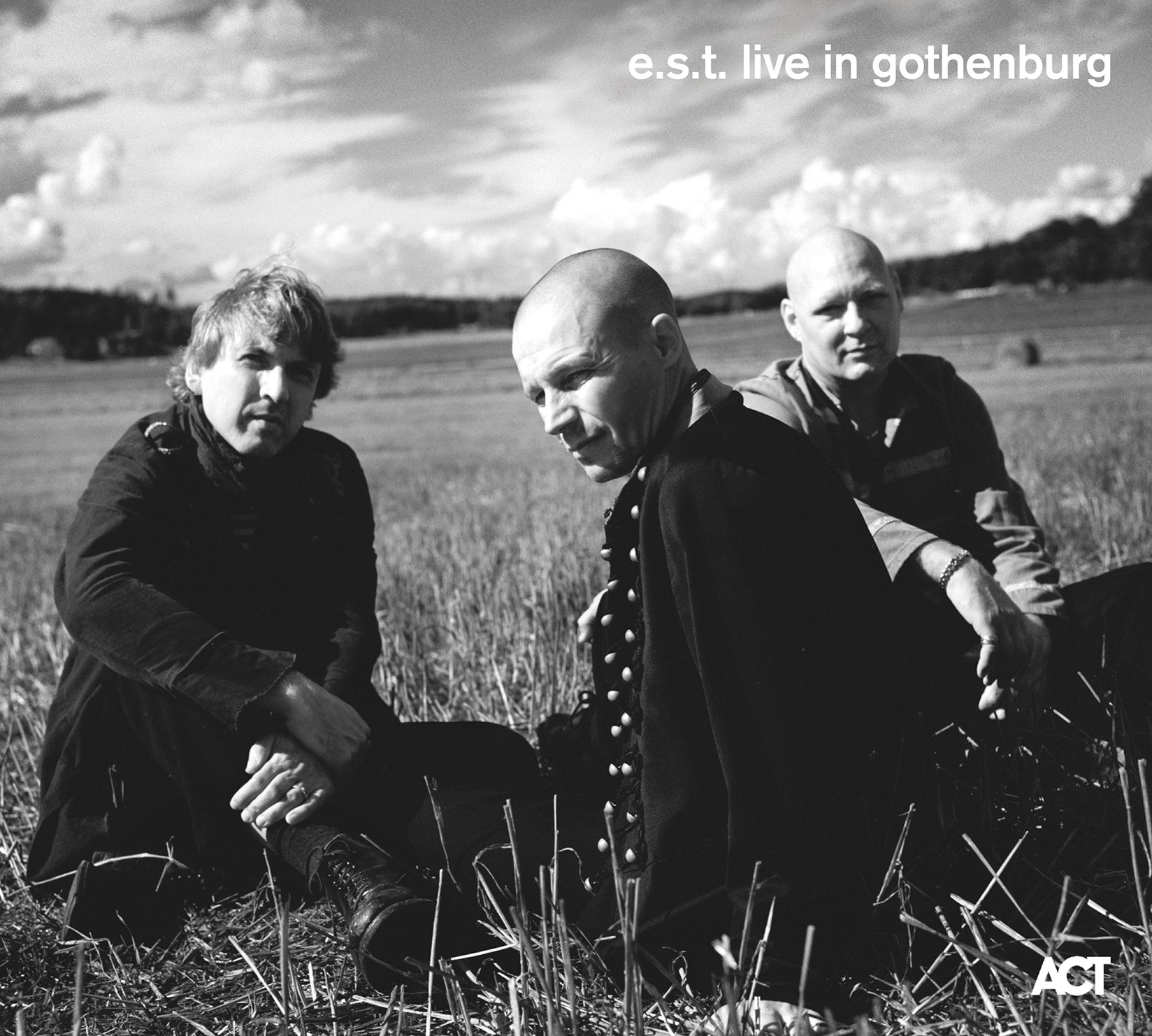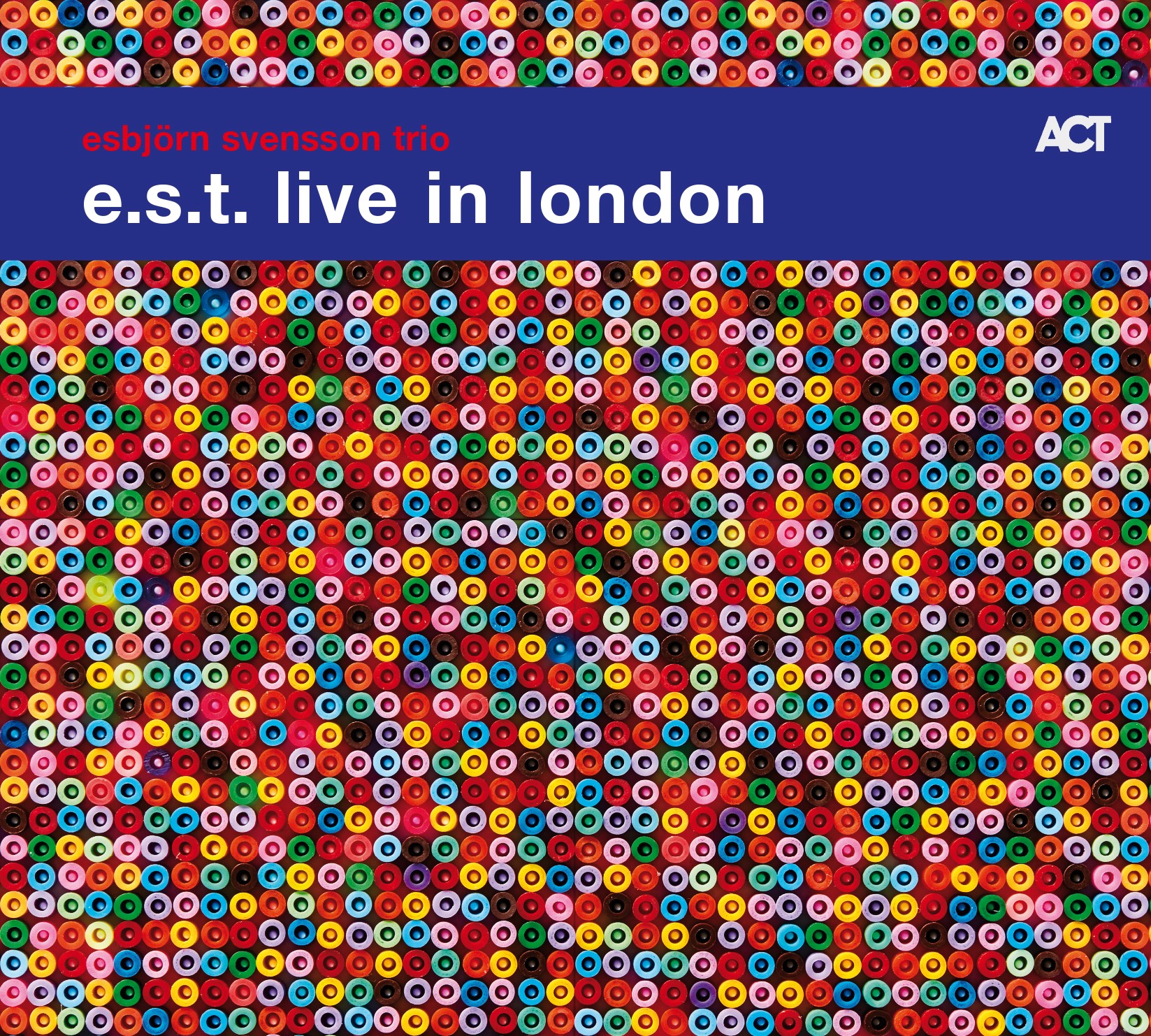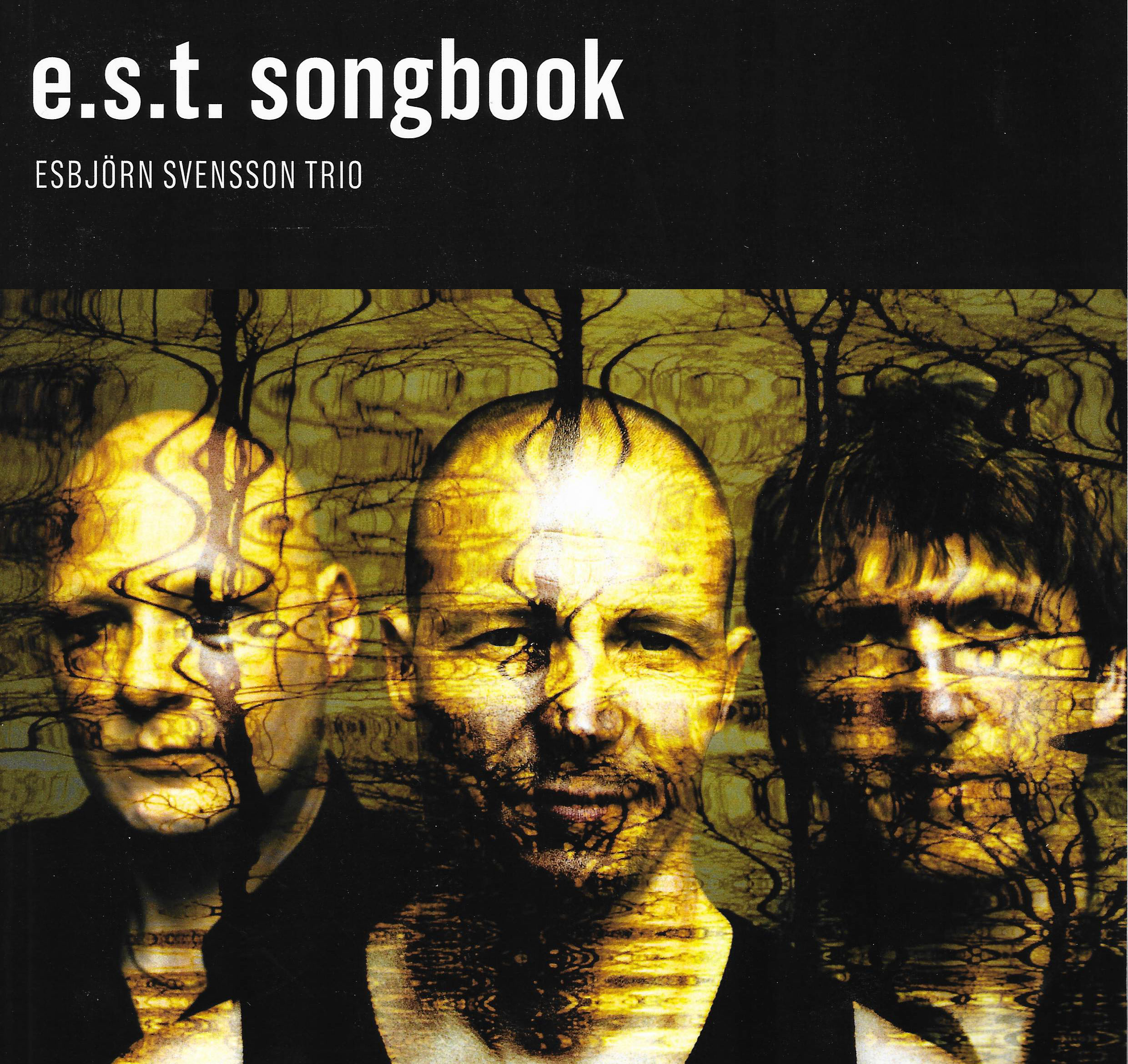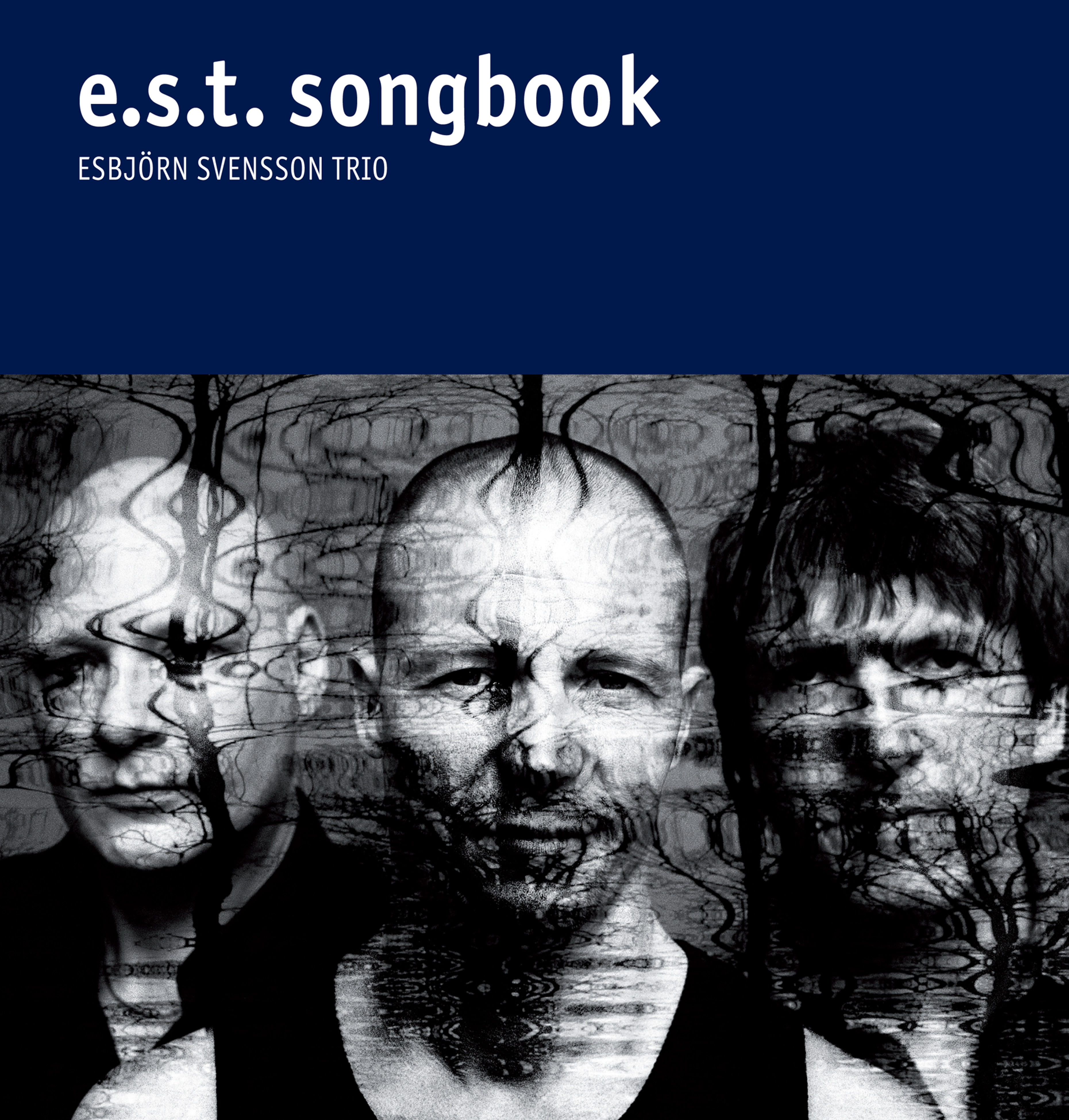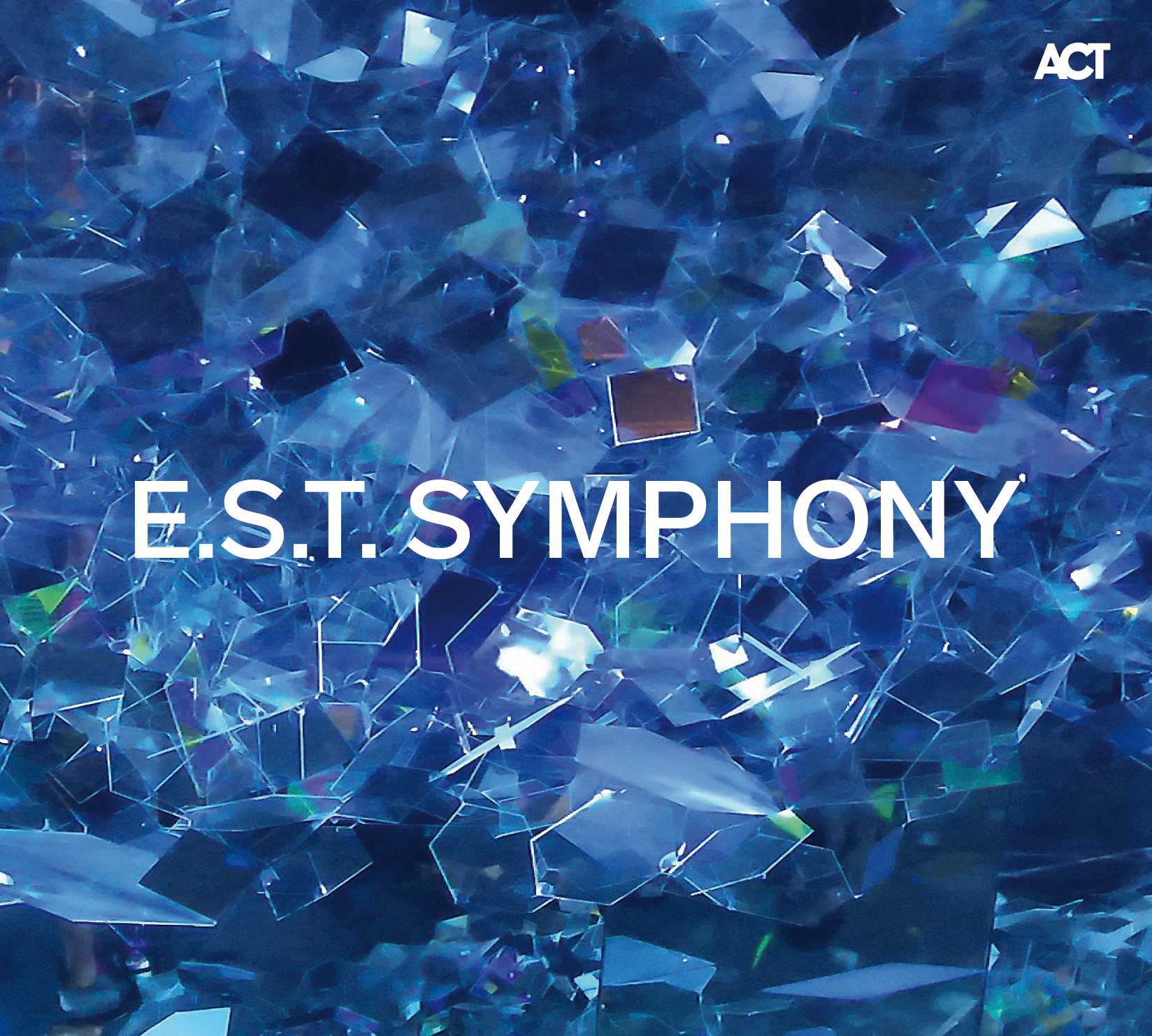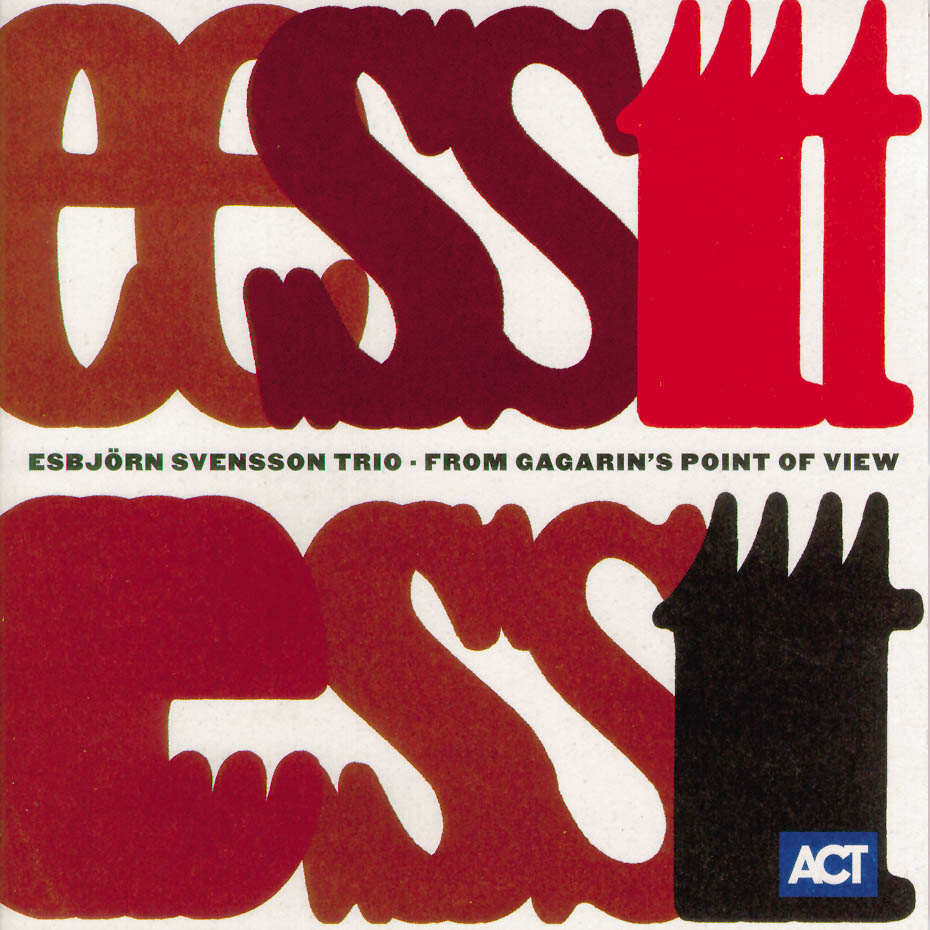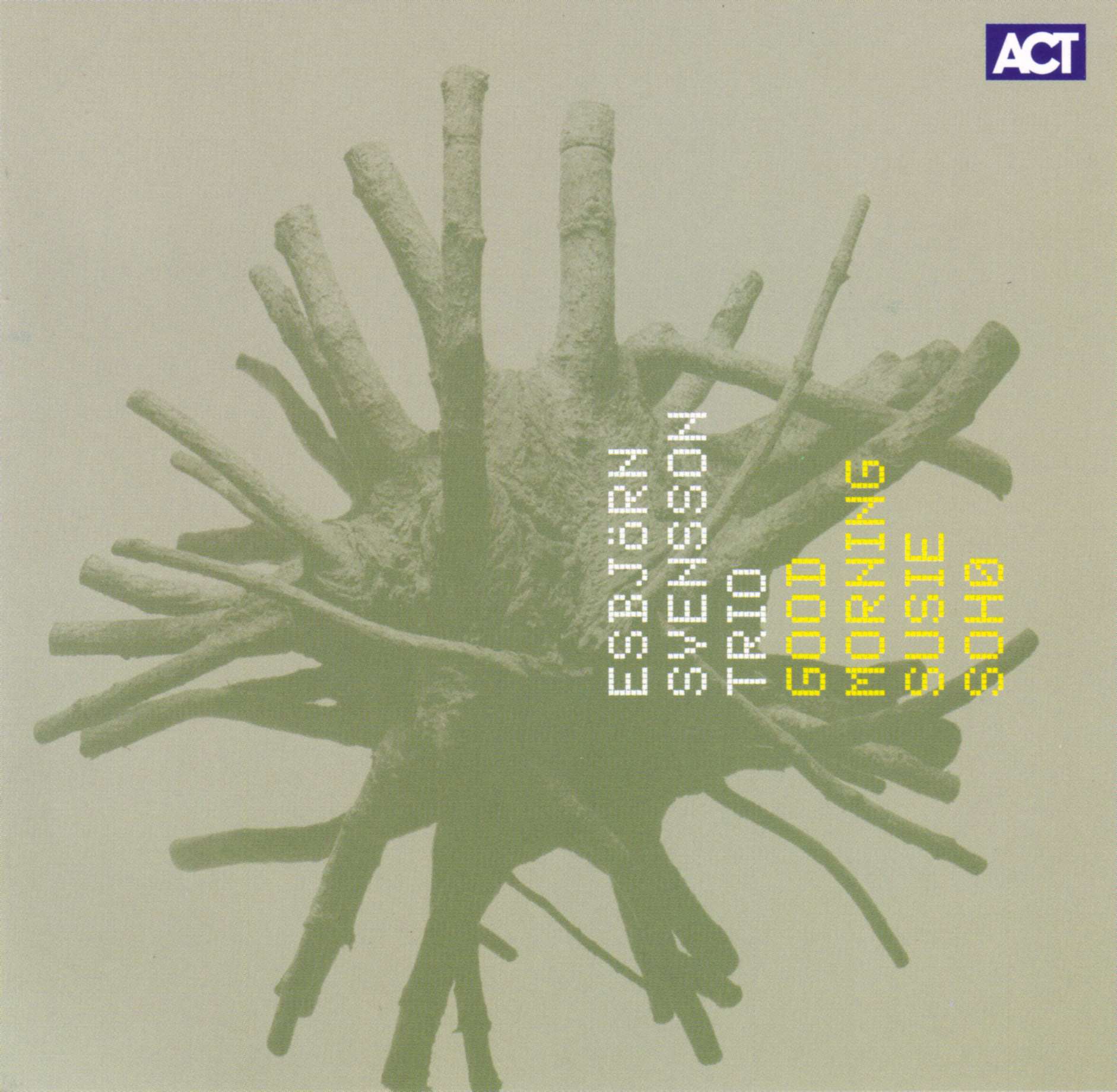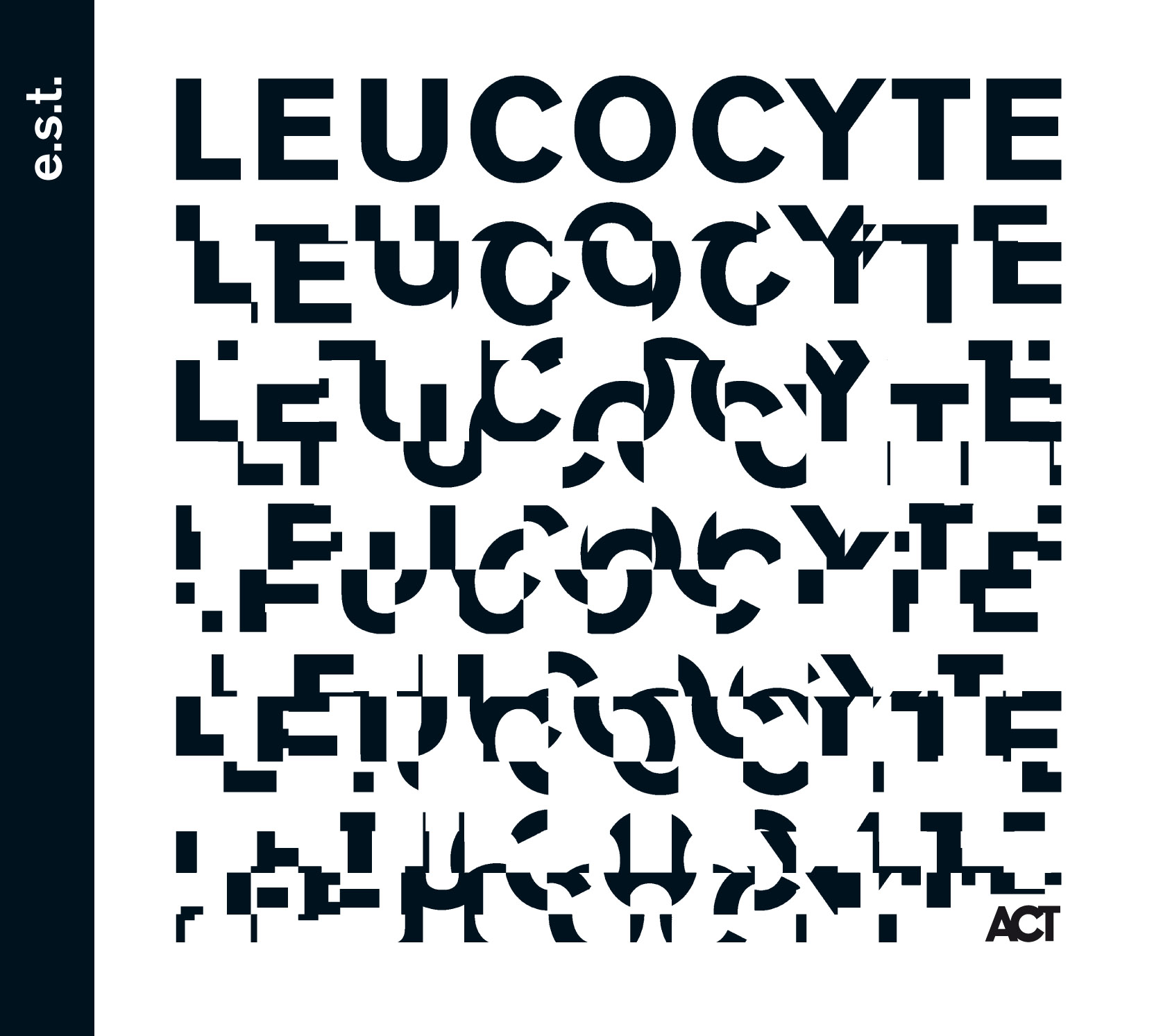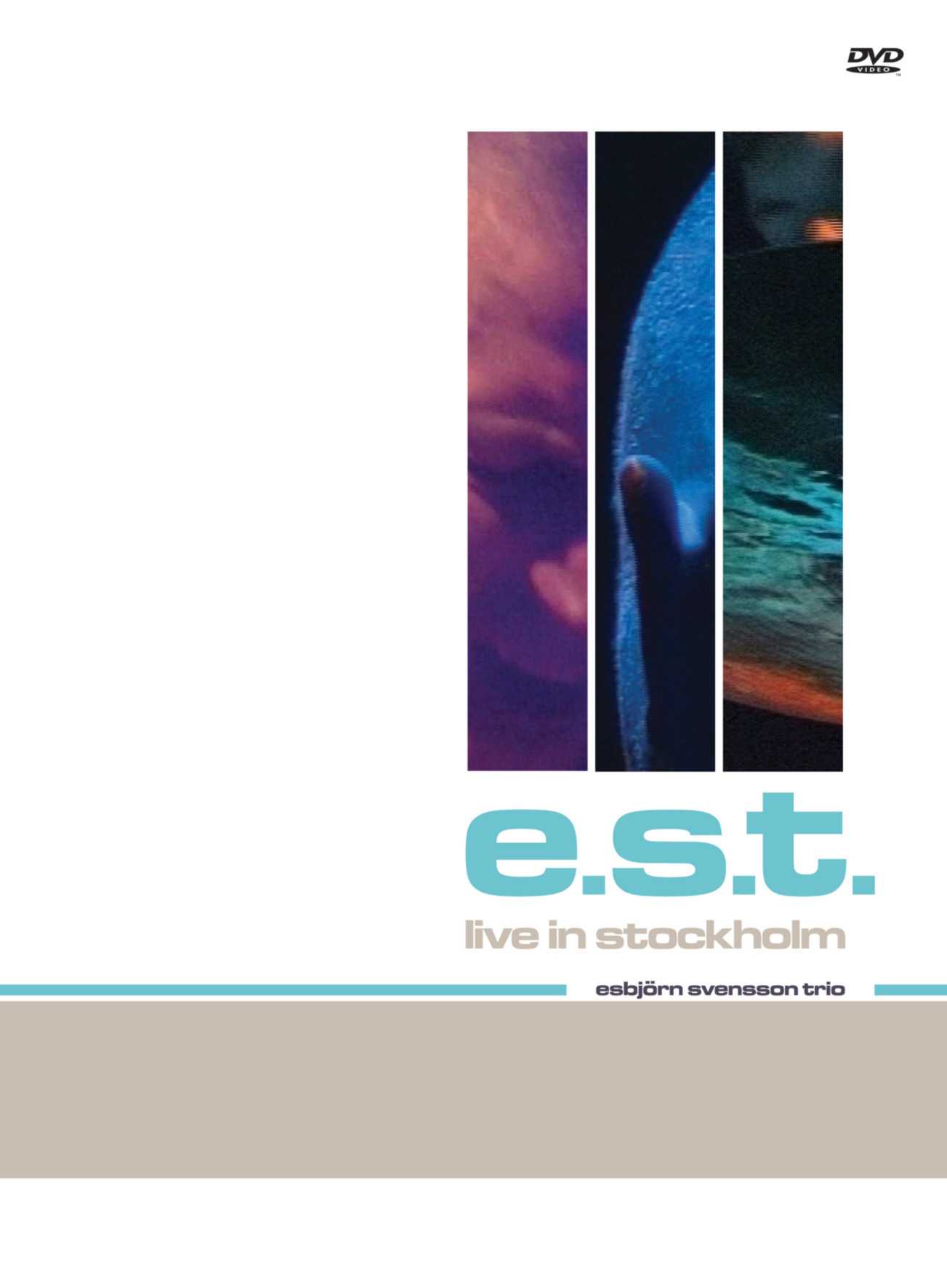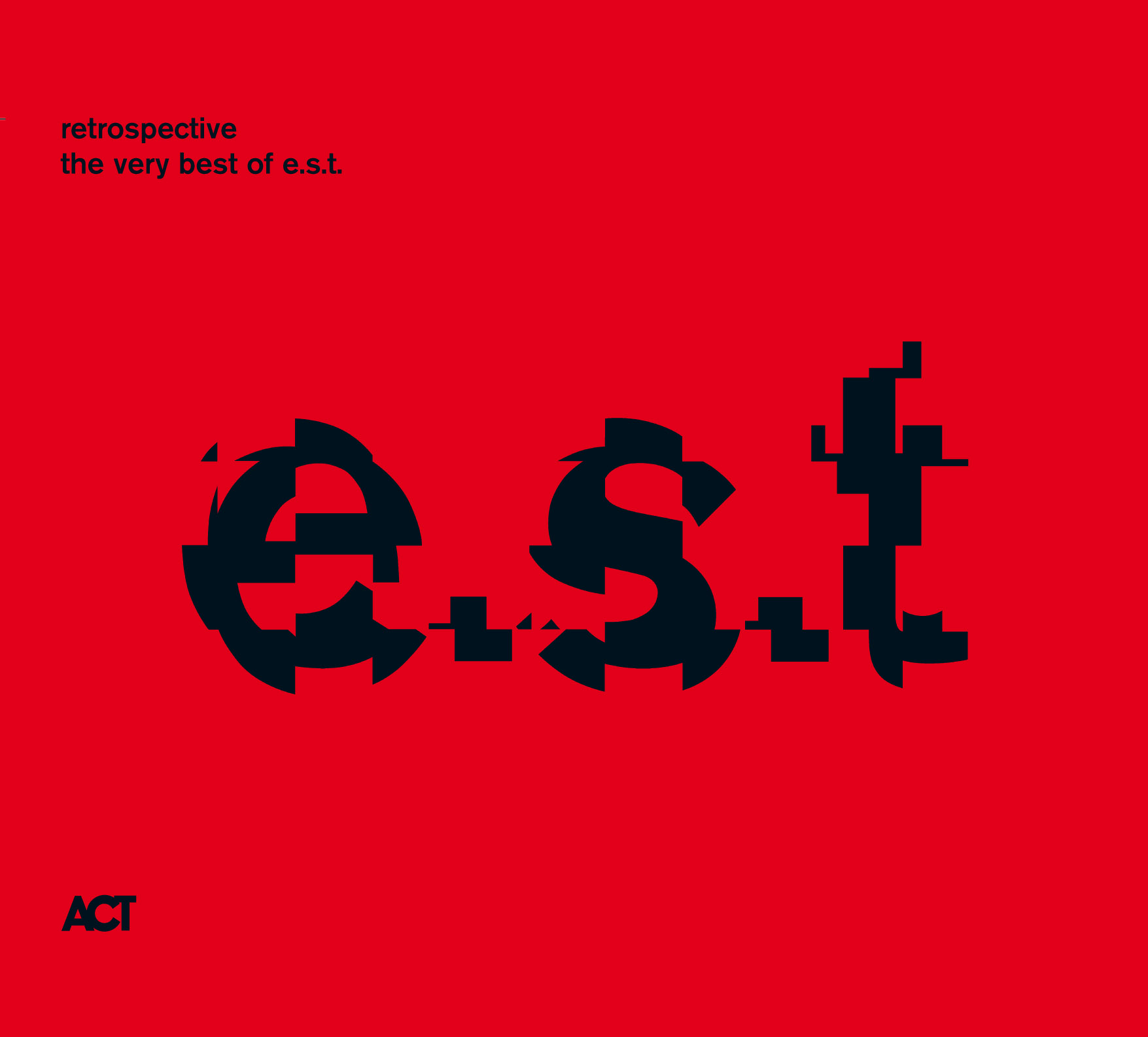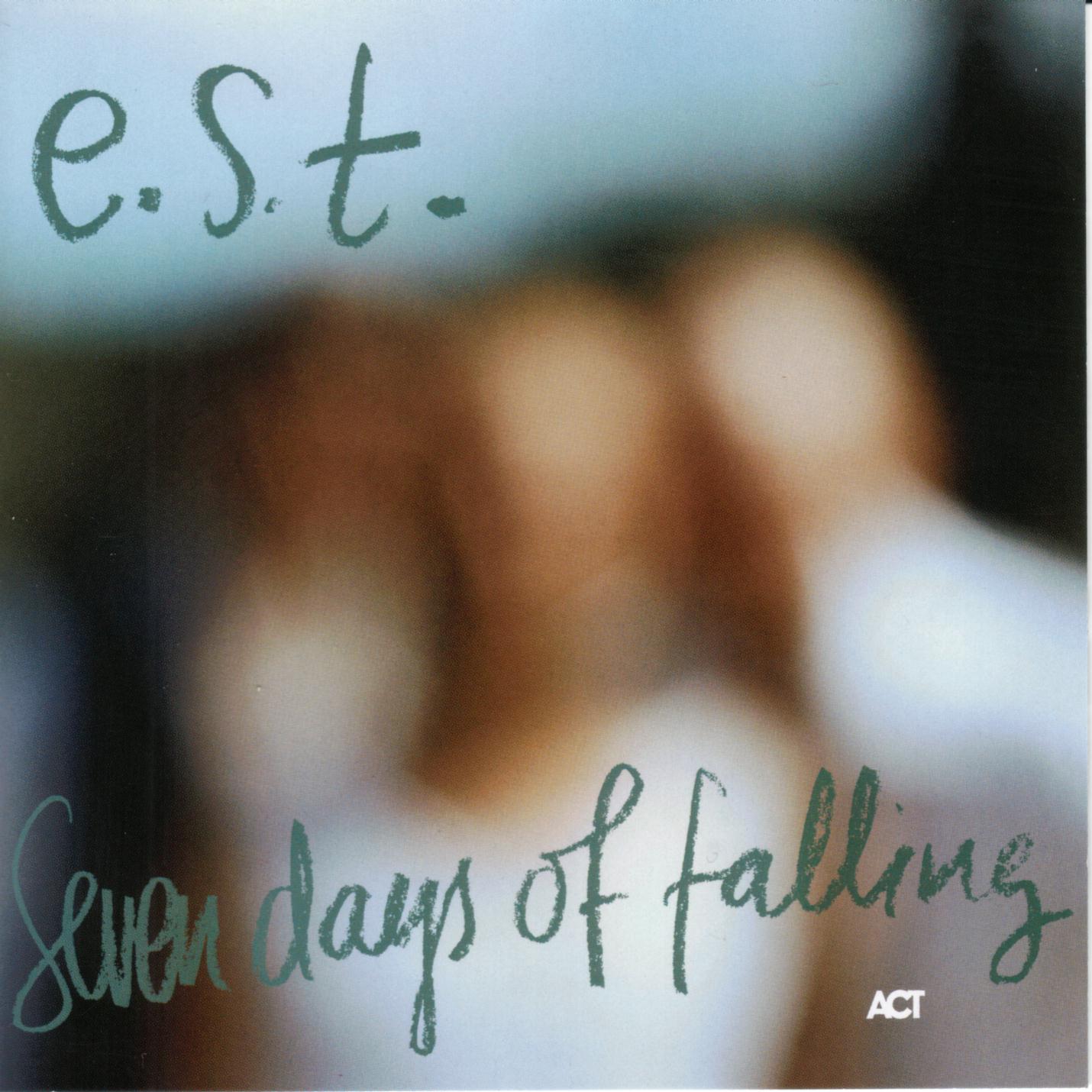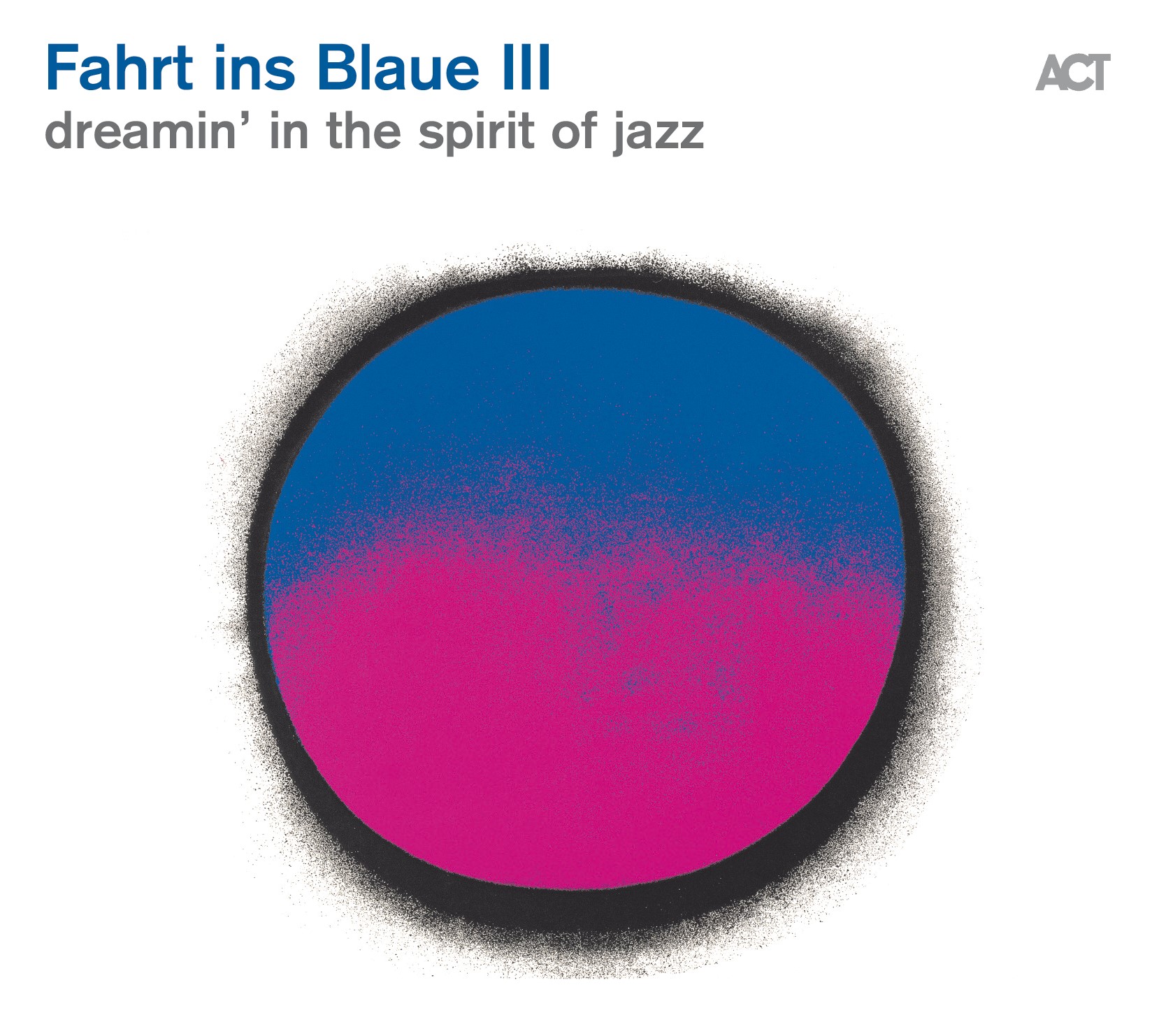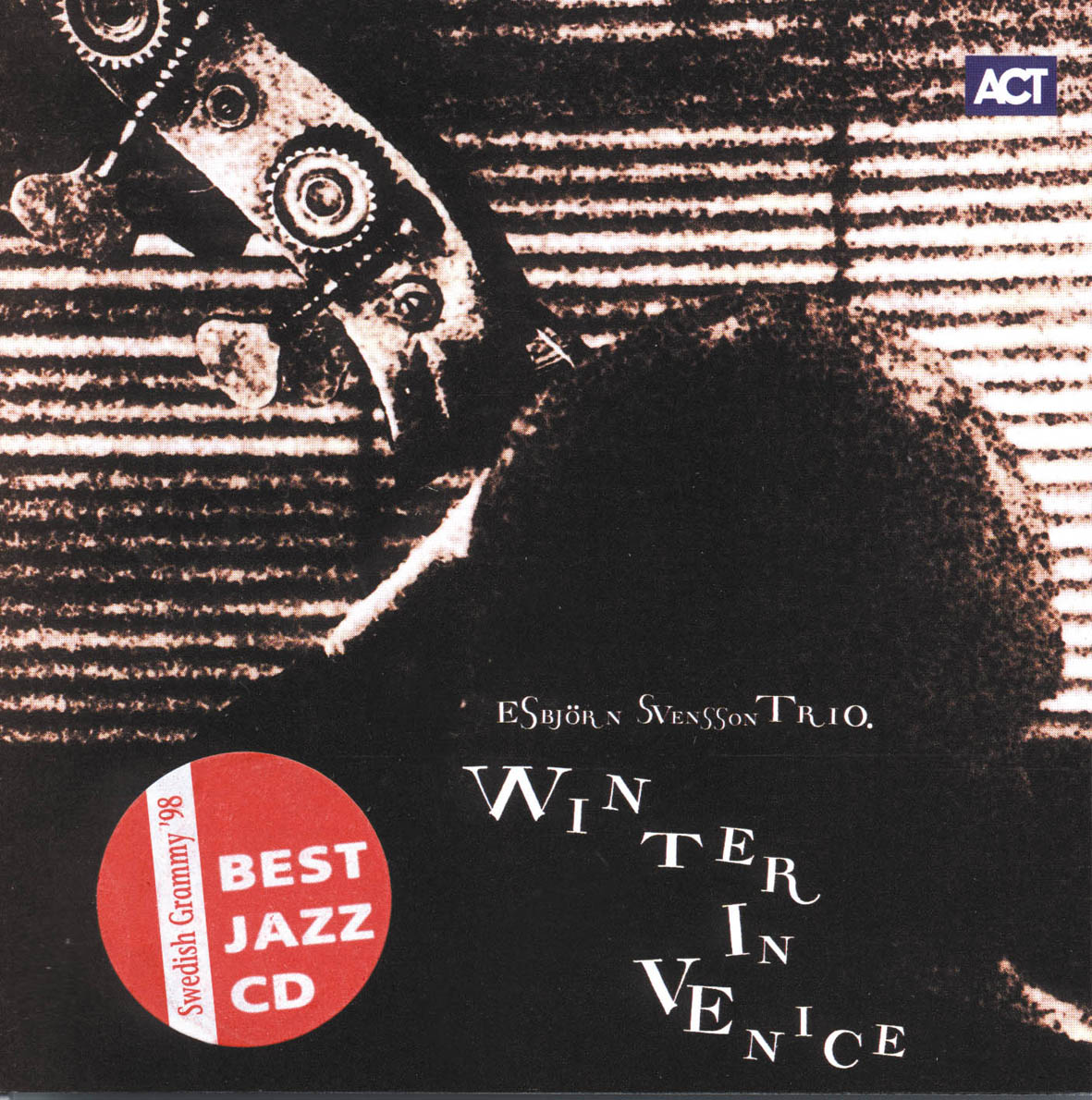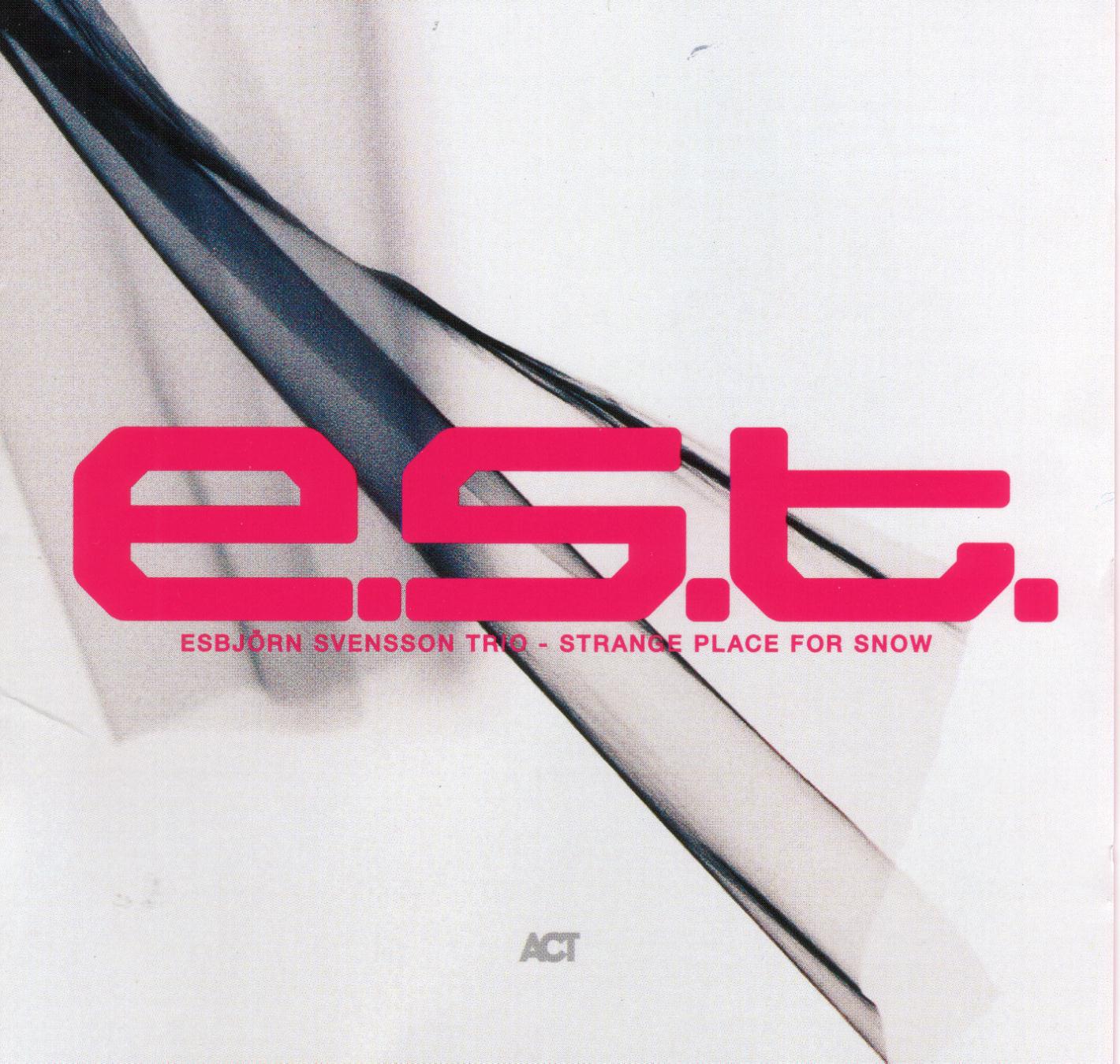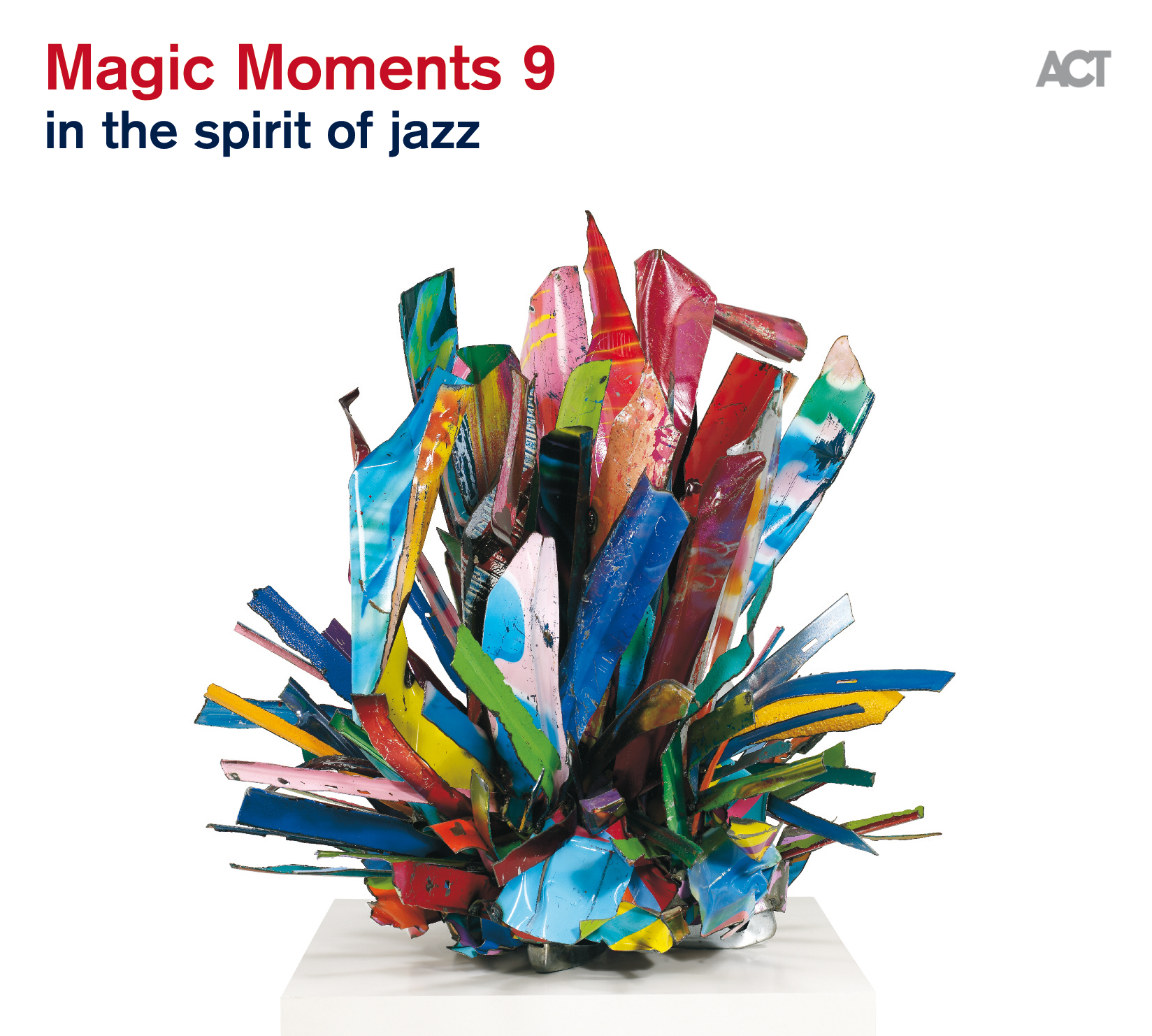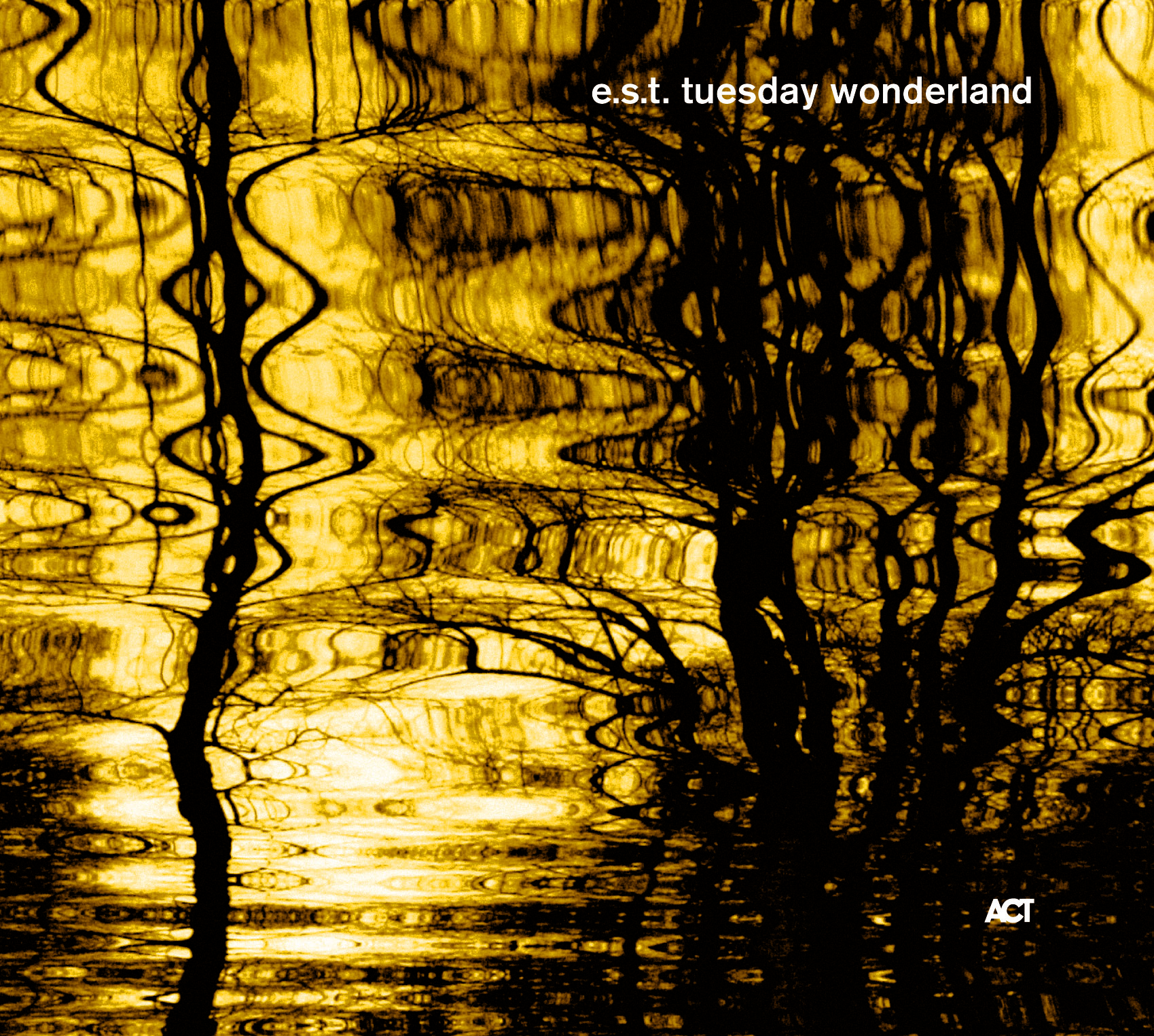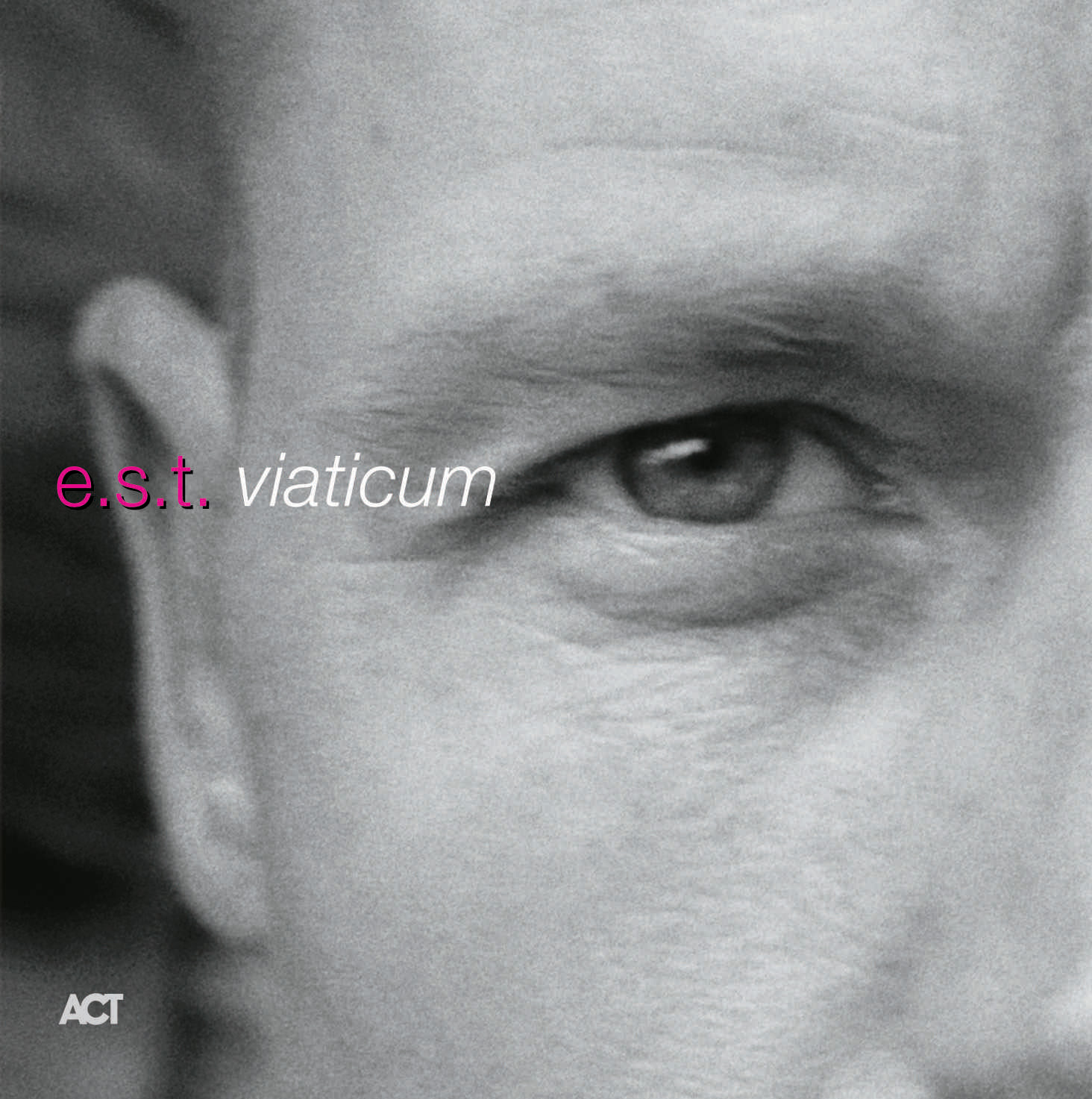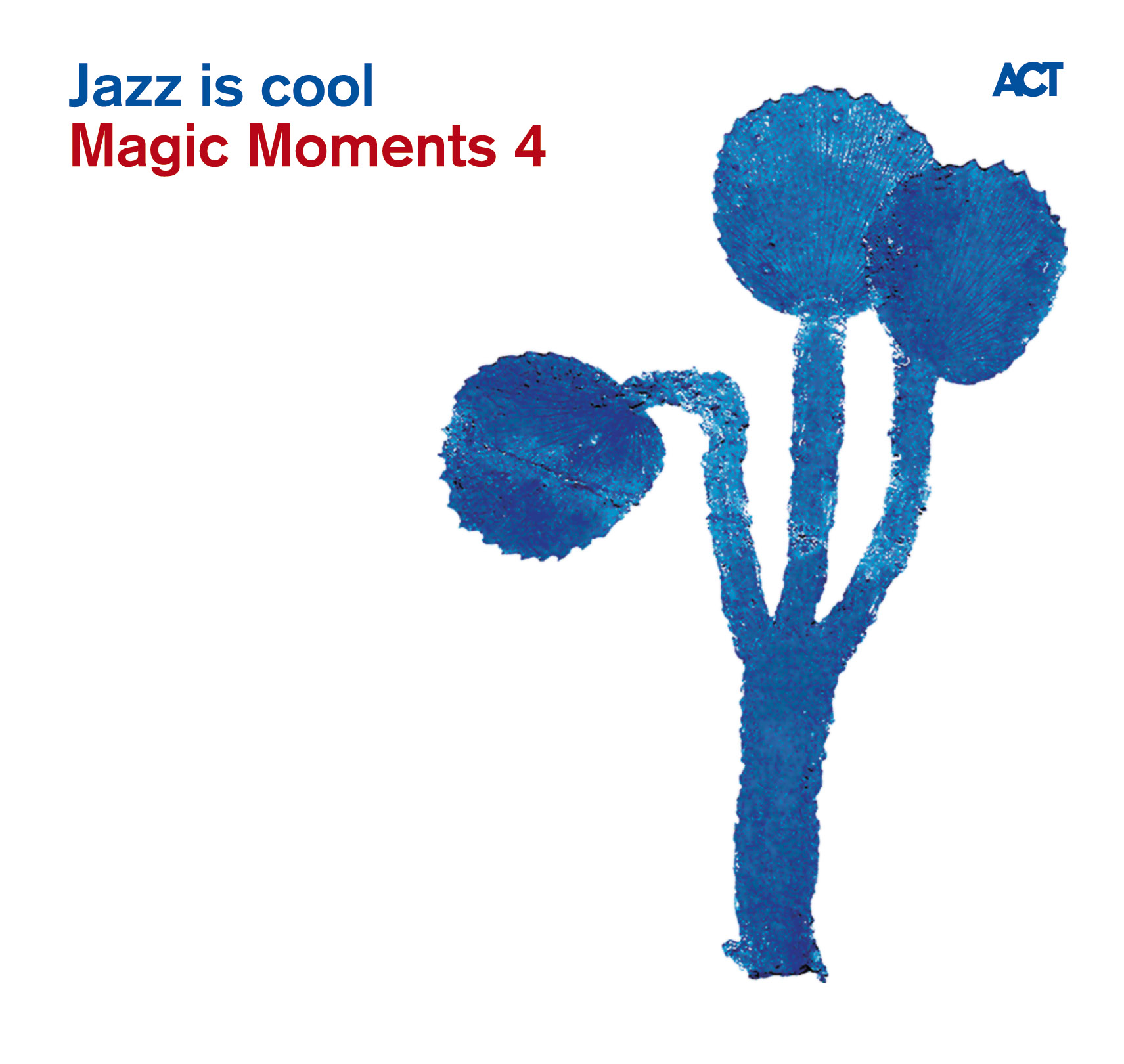Back
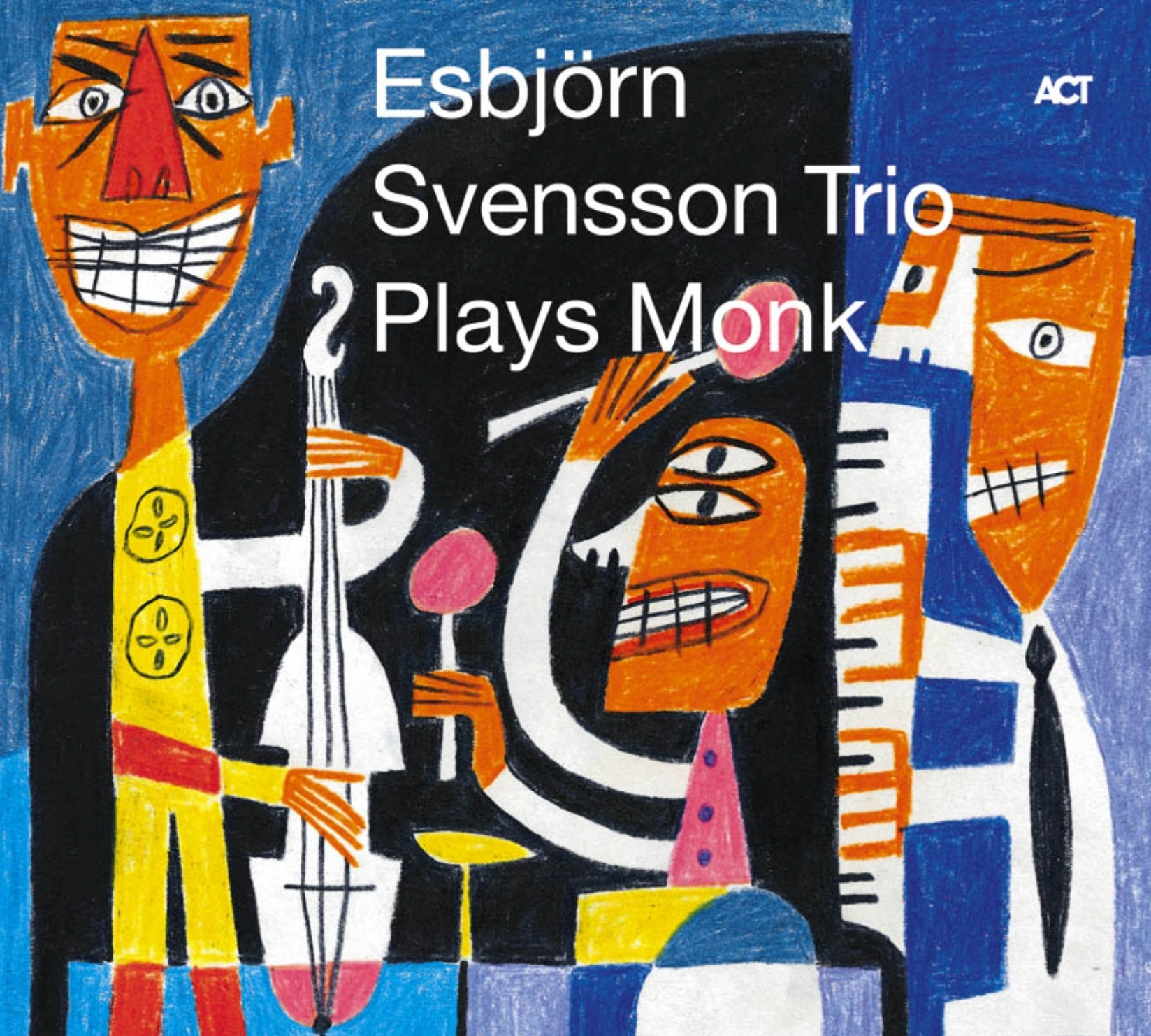
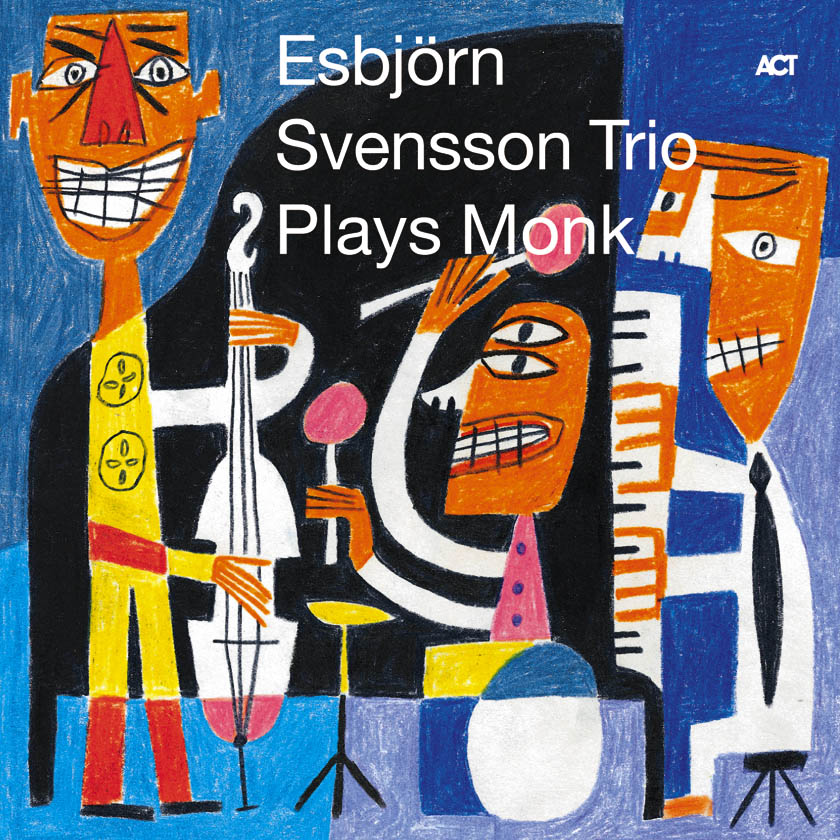


![e.s.t. Plays Monk e.s.t. Plays Monk]()
![e.s.t. Plays Monk e.s.t. Plays Monk]()
![e.s.t. Plays Monk e.s.t. Plays Monk]()
![e.s.t. Plays Monk e.s.t. Plays Monk]()








VÖ: 30.10.2020
Genre: Vinyl, Piano Jazz
Esbjörn Svensson - piano
Dan Berglund - bass
Magnus Öström - drums
Recorded by Åke Linton and Johan Ekelund at Swedish Radio, Studio 9, January 1996 Mixed by Johan Ekelund and Bernard Löhr Produced by Johan Ekelund
Thelonius Monk was one of the truly great piano geniuses on the international jazz scene.
Esbjörn Svensson is one of the truly great piano talents on the Scandinavian jazz scene.
In EST, who previously has released some critically acclaimed albums – „From Gagarin´s Point Of View „(ACT 9005-2), „Winter In Venice“ (ACT 9007-2) and lately „Good Morning Susie Soho“ (ACT 9009-2) – we have Magnus Öström on drums, Dan Berglund on double-bass and, of course, Esbjörn Svensson himself, who was an infant when he practically learnt to walk to the sound of „In Walked Bud“.
„My father was and is a great jazz lover. So I was very young when I first came in touch with Monk´s music. He is the kind of composer that cannot be avoided“, says Esbjörn Svensson.
„Plays Monk“ is the telling title of the CD from 1996 by Esbjörn Svensson Trio (EST), now released on ACT.
Ten of the most beloved songs by Monk, from nocturnal, lovingly caressing „`Round Midnight“ to the gay and sprightly „Rhythm-A-Ning“, gets here a becomingly shining new colour.
The music of Thelonius Monk is a peculiar mixture of simplicity and and complexity; of larguorous ballads and rhythms turned inside out. The music is a challenge.
„You can always give it your personal touch“, explains Esbjörn.
On „Plays Monk“you notice this over and over again.
Dan Berglund - bass
Magnus Öström - drums
Recorded by Åke Linton and Johan Ekelund at Swedish Radio, Studio 9, January 1996 Mixed by Johan Ekelund and Bernard Löhr Produced by Johan Ekelund
Thelonius Monk was one of the truly great piano geniuses on the international jazz scene.
Esbjörn Svensson is one of the truly great piano talents on the Scandinavian jazz scene.
In EST, who previously has released some critically acclaimed albums – „From Gagarin´s Point Of View „(ACT 9005-2), „Winter In Venice“ (ACT 9007-2) and lately „Good Morning Susie Soho“ (ACT 9009-2) – we have Magnus Öström on drums, Dan Berglund on double-bass and, of course, Esbjörn Svensson himself, who was an infant when he practically learnt to walk to the sound of „In Walked Bud“.
„My father was and is a great jazz lover. So I was very young when I first came in touch with Monk´s music. He is the kind of composer that cannot be avoided“, says Esbjörn Svensson.
„Plays Monk“ is the telling title of the CD from 1996 by Esbjörn Svensson Trio (EST), now released on ACT.
Ten of the most beloved songs by Monk, from nocturnal, lovingly caressing „`Round Midnight“ to the gay and sprightly „Rhythm-A-Ning“, gets here a becomingly shining new colour.
The music of Thelonius Monk is a peculiar mixture of simplicity and and complexity; of larguorous ballads and rhythms turned inside out. The music is a challenge.
„You can always give it your personal touch“, explains Esbjörn.
On „Plays Monk“you notice this over and over again.
„Plays Monk“ is the telling title of the CD from 1996 by Esbjörn Svensson Trio (e.s.t.)
Ten of the most beloved songs by Monk, from nocturnal, lovingly caressing „Round Midnight“ to the gay and sprightly „Rhythm-A-Ning“, get a becomingly shining new colour here.
The music of Thelonius Monk is a peculiar mixture of simplicity and and complexity; of larguorous ballads and rhythms turned inside out. The music is a challenge.
„You can always give it your personal touch“, explains Esbjörn. On „Plays Monk“you notice this over and over again.
Esbjörn Svensson Trio e.s.t.
When Esbjörn Svensson died in a diving accident in June 2008, the music world was deeply shocked.Jazz "had a huge loss to mourn." (STERN) With e.s.t., the Swedish pianist had left a stylistic mark on European jazz of the last ten years and made it heard worldwide.Svensson led the piano trio to new shores: At the highest level of interaction, jazz, pop, rock, classical music and Swedish folk music tradition merged into their own world of sound. The e.s.t. success story began in autumn 1991 when the pianist called bassist Dan Berglund and drummer Magnus Öström into his trio.17 years of intensive collaboration, countless acclaimed concerts and twelve album releases later, the press celebrates the Esbjörn Svensson Trio as "pop stars among jazz musicians" (WAZ). e.s.t. have opened the door to jazz for countless listeners all over the world and redefined an entire genre. Till Brönner is also aware of this significance: "The success of e.s.t. is a timeless document that even in the new millennium jazz must be counted among the freshest music of all. The collaboration of these three exceptional musicians will remain a shining example and benchmark for present and future generations for a long time to come." Jazz/pop star Jamie Cullum said of the band: "e.s.t. are a jazz trio, only I can take my non-jazz friends along to see them. Not because they are easy to listen to or un-experimental, but because their improvisational approach is stuffed full of contemporary, relevant and hip ideas. I truly, truly love this band." Or to conclude in the words of Pat Metheny: "Man, you have to check out e.s.t.! e.s.t. is one of my favourite bands."
CD
€24.90*
€24.99*
€24.95*
Esbjörn Svensson Trio e.s.t.
CD
€24.90*
€24.95*
